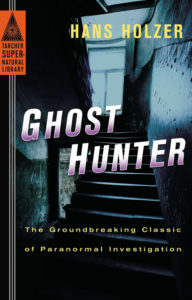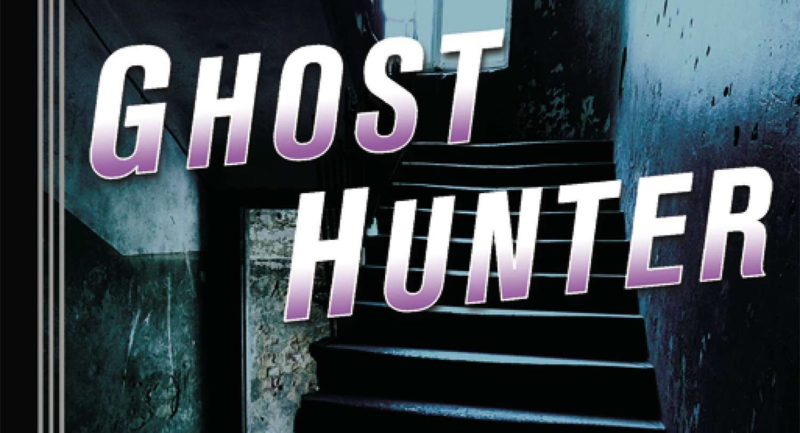Ghost Hunter by Hans Holzer
Tarcher Supernatural Series
New York, 1963
2.5/5
To most paranormal aficionados, the name Hans Holzer conjures up the image of a German émigré who worked alongside the most receptive of clairvoyants to communicate with the other side.
He first compiled his investigations with psychic Ethel Johnson-Meyers in 1963, and other mediums, under the title Ghost Hunter. It’s a compilation of tales that cover portions of New England, occasionally dipping into the mystique of Colonial America and Civil War-era history.
I can identify with Holzer on multiple levels as he took archaeology in university, had a deep interest in the paranormal and worked as a writer in his younger adult years.
But it pretty much stops there, as his premiere into the paranormal book-writing world is better left on the dusty shelves of fishing lure bookstores that reel in curious teens looking to dabble in the occult by way of pleasant-smelling lignin.
Although providing a fascinating insight into his modus operandi, Ghost Hunter’s language is cringe-worthy and the settings seem like parlor gatherings of rich New York elites who found the paranormal in vogue.
Why do I make such ghastly accusations of the man who blazed a trail that some legitimate investigators and a ton of charlatans would follow?

Hans Holzer
1963
Simple. Almost every story featured some high-class roller from New York state or surrounding area that had “colored servants”.
Yes, Holzer refers to folks of a darker complexion as colored. And it makes reading his work a tad uncomfortable. Warranted, it was the language of 1963, but some editor, along with the lines, with an open mind to talk ghosts, should have had an open mind to strike “colored” from the book.
In addition to the outdated language, Holzer never really explains the science behind his séances and sessions with psychometrists, clairvoyants and mediums. They’ve had complete conversations with entities that haunt the domiciles of the elitists but he really doesn’t take it past a talking-head narrative.
It’s almost like watching Pamela Franklin conjure wisps of ectoplasmic residue for Clive Revill in The Legend of Hell House.
Furthermore, the cases get shorter and shorter as you proceed through the book, making it feel like he rushed together and added the reports piecemeal in order to meet his deadline.
Not to end on a negative note for this plodding regurgitation of ectoplasmic barf, the history lessons of New York, Civil War-era Union States, and the discovery that other European nations had people fighting in the United States War of Independence make this a great case study.
It’s just that the dramatic flourish of his investigations, a la Richard Matheson horror story, seem to reach for the intangible.

